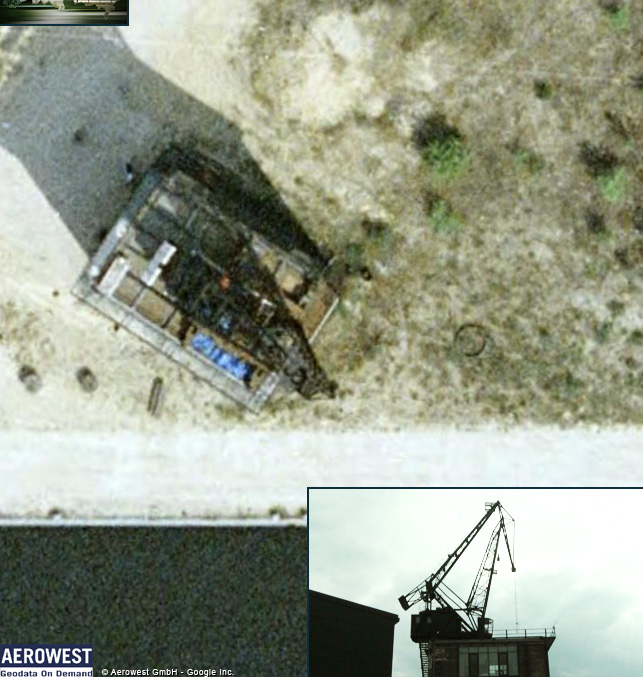 |
| |
|
|
| |
persists of a visit to my Uncle Willy and Aunt Grete, whose apartment was a small garden house in an allotment garden. A few years later they received an apartment in Oberspree.
On the other side of the river – in Oberschöneweide – I became acquainted with three different urban spaces: the park, the residential area, and the industrial area.
My parents pushed me in a pram through the park – also called Wulheide. Later I hunted for Easter eggs there and visited the park on Pioneer excursions during my school years. At the time I did not know it had been built on the barracks of forced labourers. I also first discovered Hilde Benjamin’s relationship to Railway Station Wuhlheide while doing research on Gertrud Kolmar for the Westend segment we were shooting parallel to the Ostend segment.
Nestled in the park is the Wuhlheide cemetery, and in it the Rathenau family grave. Buried here is Walther Rathenau, German Foreign Minister in the Weimar Republic. An early victim of German anti-Semitism, he was murdered in 1922.
His father Emil Rathenau – founder of AEG – made Oberschöneweide the hub of the electrical industry after 1897. Also settling on the shores of the Spree were Kabelwerke Oberspree (KWO), the Akkumulatorenwerke Oberschöneweide, the Deutsche Nileswerke, and the Nationale Automobilgesellschaft (NAG). The factory with its distinctive tower on Ostendstrasse 1 was built for NAG in 1914 by architect Peter Behrens. In East Germany you could see on its roof the logo |
|
| |
|
|
|
|
| |
|
|
